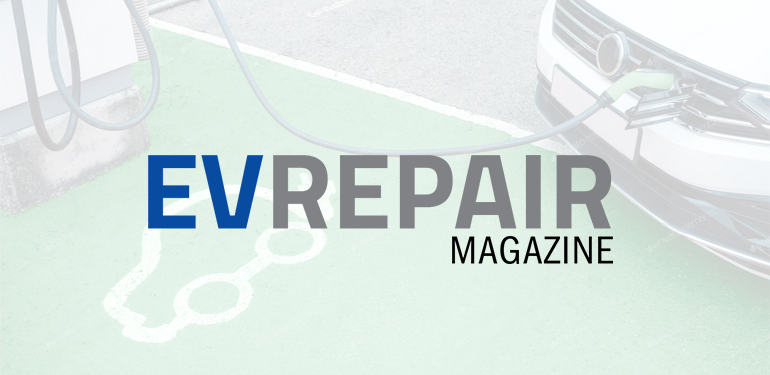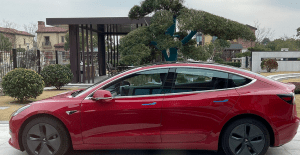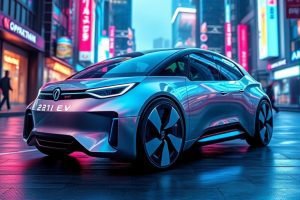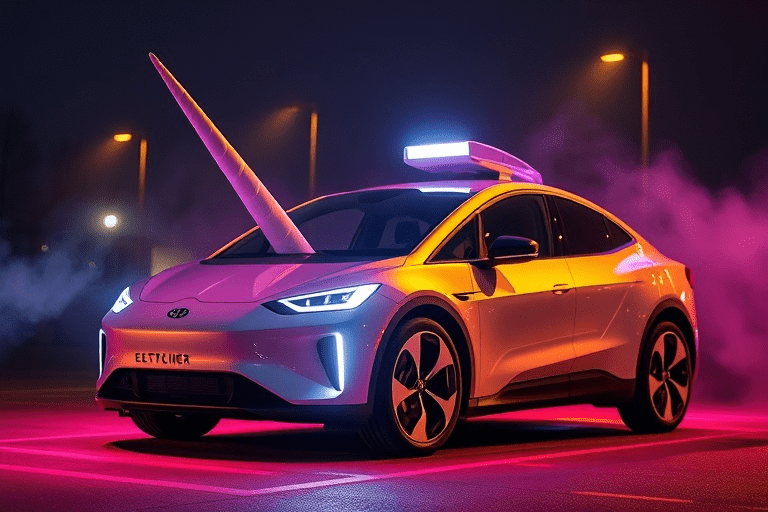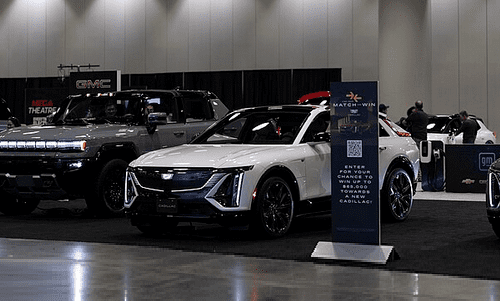THE MYTHS AND TRUTHS ABOUT THE ELECTRIC FUTURE
As electric vehicles (EVs) continue to gain momentum in the automotive industry, a multitude of misconceptions and myths have emerged, clouding the perception of these innovative machines. To shed light on some truth, we present six trueor- false statements that will help clear up common misunderstandings surrounding EVs.
Buckle up as we navigate through the facts and debunk the fiction, providing you with a clearer understanding of the present and future of electric mobility.
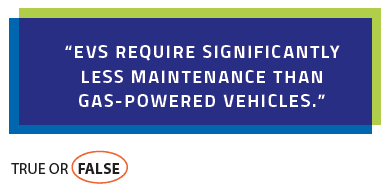
Electric vehicles might have fewer moving parts than gas-powered cars, but they still require regular tire, brake, windshield, battery and drivetrain maintenance. For mechanics, this may be the case.

EV components, including batteries, can have salvage value or be recycled for their materials. In fact, a top battery recycler in Canada, Call2Recycle, says EV battery materials can be recycled back to pure condition. Collision repair shops could explore partnerships with salvage yards or recycling facilities to properly handle damaged EV components and contribute to environmental sustainability.
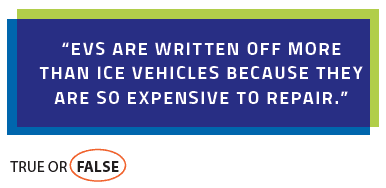
Not necessarily. You may see headlines preaching that Teslas are written off more than other vehicles due to abnormally high repair costs. According to Q1 2023 data from Mitchell International, the average electric vehicle repairable claim rings in around $6,400 in Canada, which is more than the typical ICE repairable claim, but the average EV claim cost did drop between Q4 2022 and Q1 2023. When you take Tesla EVs out of the equation, the average EV claim comes to about $5,000.

This can be true, but it could also be false. It depends on the component!
Contrary to what many consumers believe, electric vehicle batteries are capable of outlasting the car that they are housed in. Nissan said in 2022 that most of its Leaf batteries were still housed in their original cars; the model first launched in North America in 2010.
On the other hand, some EV components wear down faster than their ICE vehicle counterparts. Because of the massive weight EVs (and their batteries) carry, tires degrade 30 percent quicker on EVs, according to tire manufacturer Bridgestone. To add—EVs also have fewer moving parts than the internal combustion engine vehicle. So you never need to replace spark plugs, timing belts, mufflers, exhaust systems, etc.
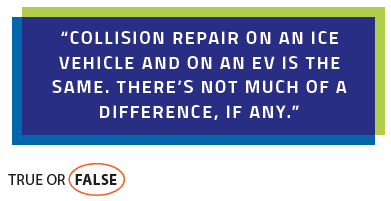
Electric vehicles contain high-voltage electrical systems that require special training and equipment to work on. These systems are seriously dangerous and, if not handled properly, can seriously injure—or even kill—a person. Not only that—electric vehicle bodies themselves are very different than traditional vehicles. EV batteries often tip the scales, and they’re far larger than the battery you’re used to in your gas-powered car. EV bodies can be much heavier than traditional ICE vehicles.
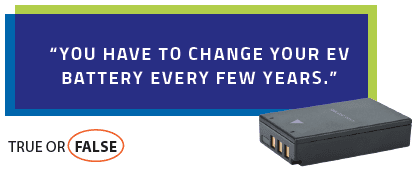
No, you absolutely do not. In fact, most EV batteries are created to out live the car. Over time, lithium-ion batteries can experience a gradual loss of capacity, known as battery degradation. However, advancements in battery technology and improved thermal management systems have significantly reduced degradation rates in modern EVs. Tesla’s new vehicle battery warranty is eight years or 160,000 kilometres. So, in the unlikely event you do need a battery replacement, you should be covered.




